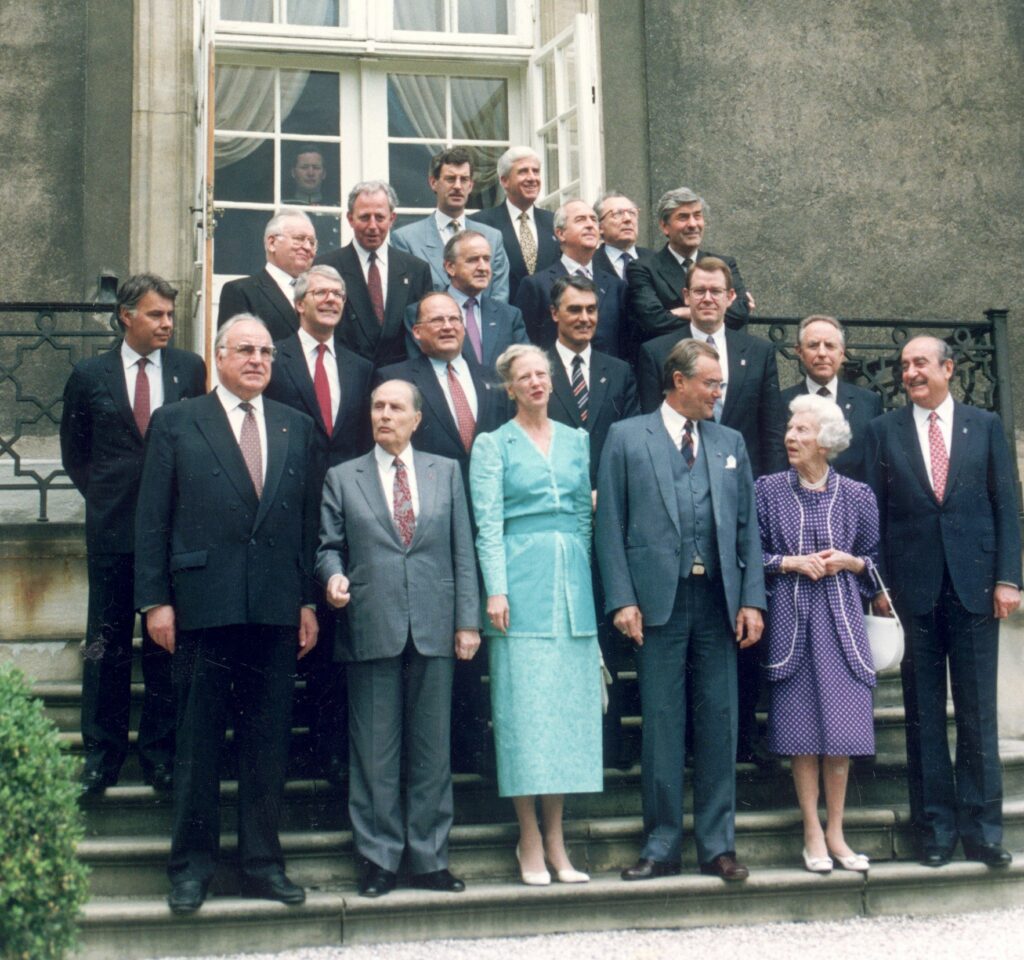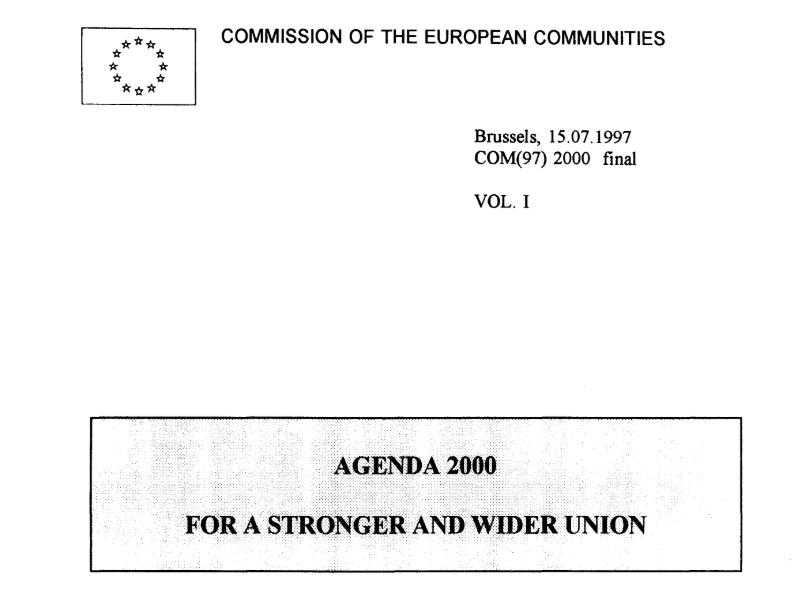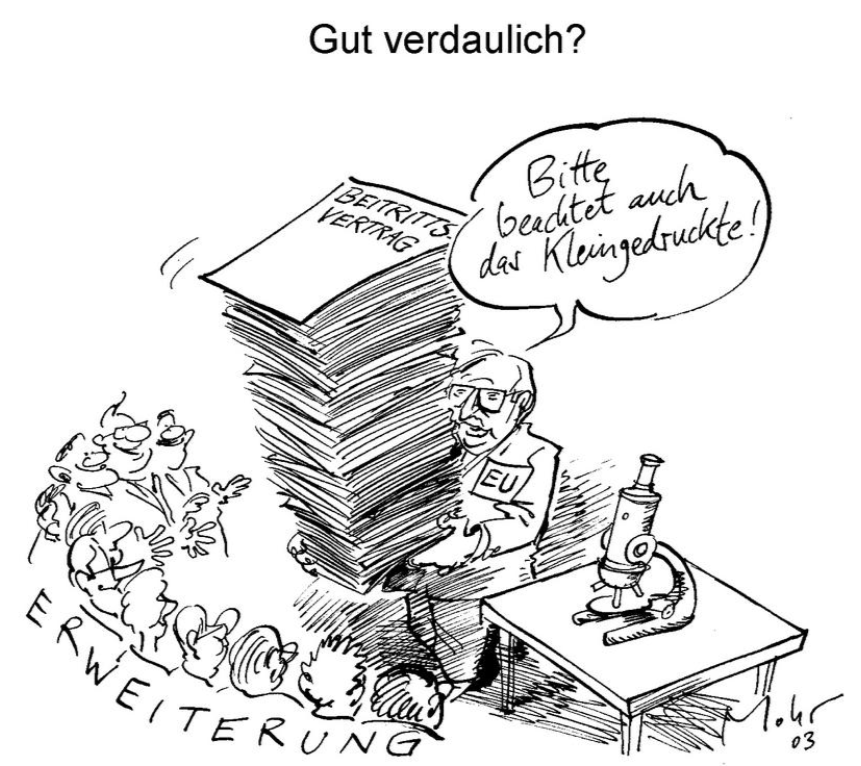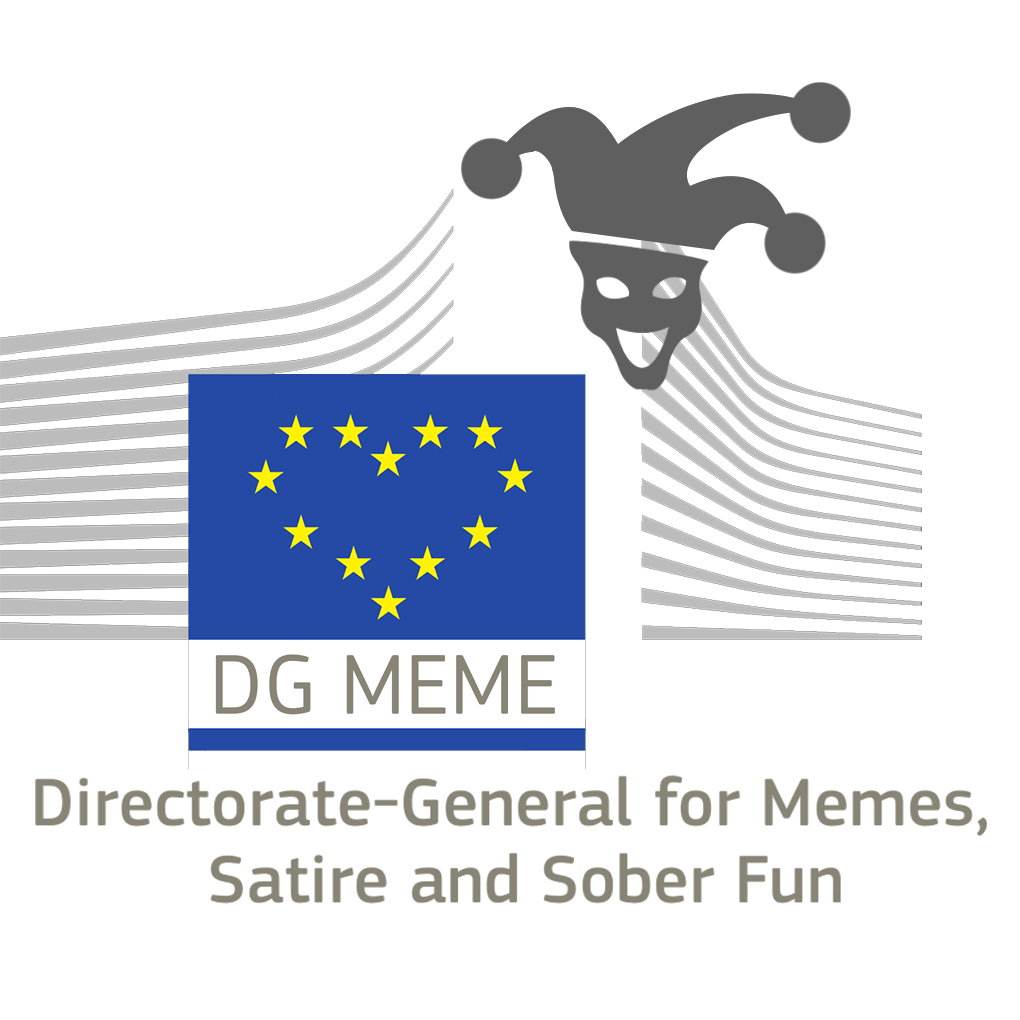EnlargementOutside the EU Bubble, the term is used by anyone who wishes to undergo surgery in order to increase their attractiveness visavi potential sexual partners. Within said bubble, enlargement means adding more countries to the 28 27 of the European Union, thus promoting their status from third country to member... is the French term by which we indicate the increase of the number of countries that belong to the European Union. The biggest growth happened in 2004, when the EU moved from fifteen to twenty-five countries. This process lasted a few decades and reached its completion when Cyprus, Czechia, Estonia, Hungary, Latvia, Lithuania, Malta, Poland, Slovakia and Slovenia joined the EU on the 1st of May 2004, exactly twenty years ago. Twenty years of passion, hope, progress, complications, critics, love and some hate.
Let’s recap the most important steps:
Copyright: European Commission Audiovisual Library
From communism to Communitism
The beginning of the Nineties saw the collapse of Communism in Europe: most countries that belonged to the Eastern Bloc and had strong dependencies on Soviet Russia wanted now to be part of the European Community. But forty years of communism created significant changes in the economy and in the society of the new candidate countries, with huge reforms to be implemented.
Video copyright: European Communities, 1992
From 1990 onward, the EU started negotiating with the new countries to help the transformation towards liberal democracy and market economy. There were many association agreements that lead to many cooperation programmes.
One of them was PHARE (Lighthouse in Greek, but also ‘Poland and Hungary Assistance for Restructuring their Economies’ – the EU Acronyms Team never disappoints). This programme later included assistance to Czech Republic, Estonia, Hungary, Latvia, Lithuania, Poland, Slovakia, Slovenia, Bulgaria and Romania.
Copyright: European Commission Audiovisual Portal
In the Copenhagen European CouncilThe Council of the European Union and The European Council have two things in common: the name and the fact that they represent the position of their member state's executive. To avoid confusion, we thought of grouping the two definitions in the same page: understanding by the context to which... of 1993, EU leaders spelt out the political and economic conditions to be met for acceding to the European Union, the so called ‘Copenhagen criteria’. And publicly invited all the former communist states to apply. And PHARE became a full pre-accession helper instrument.

Copyright: European Communities, 1993
A year later, during the Essen European CouncilThe Council of the European Union and The European Council have two things in common: the name and the fact that they represent the position of their member state's executive. To avoid confusion, we thought of grouping the two definitions in the same page: understanding by the context to which..., the EU countries set out a ‘pre-accession’ strategy in order to prepare the candidate countries for the adoption of the Community AcquisAcquis means EU legislation, and is one of the most prominent French words left as orphans when their mother tongue French was unofficially abandoned as the lingua franca of the EU institutions somewhere around the turn of the century. Other examples are stagiaire and interimaire..... And confirmed that twelve countries will be included in the process, the ten that joined in 2004 plus Bulgaria and Romania (that will join on the 1st of January 2007).
Copyright: European Communities, 1994
The day the CouncilThe Council of the European Union and The European Council have two things in common: the name and the fact that they represent the position of their member state's executive. To avoid confusion, we thought of grouping the two definitions in the same page: understanding by the context to which... seemed more ambitious than the Commission

It was right before the signature of the Treaty of Amsterdam in 1997 when the Santer Commission submitted its opinion. It stated that only six countries (Cyprus, Czechia, Estonia, Hungary, Poland and Slovenia) were eligible to join. And suggested to begin negotiations only with them.
The European CouncilThe Council of the European Union and The European Council have two things in common: the name and the fact that they represent the position of their member state's executive. To avoid confusion, we thought of grouping the two definitions in the same page: understanding by the context to which... did not follow the Commission proposal (surprise!) and include all twelve countries in the EnlargementOutside the EU Bubble, the term is used by anyone who wishes to undergo surgery in order to increase their attractiveness visavi potential sexual partners. Within said bubble, enlargement means adding more countries to the 28 27 of the European Union, thus promoting their status from third country to member... process. Nevertheless, the negotiations only started with the six countries suggested by the Commission.
Still want to join?
The Commission started its requests by drawing up an inventory of the legislative texts that the future Member StatesMember State (abbr. MS) is how eurocrats call a country which is part of the European Union. Clear writing guidelines recommend using EU country or EU countries instead, but some habits are hard to die.... would have to incorporate into their national law. It was around 20,000 legal acts. 80.000 pages of the Official Journal of the European Communities. Surprisingly enough, the candidate countries still wanted to join.

Source: Karikatur von Burkhard Mohr – Europäische Parade
Copyright: Burkhard Mohr
The Nice European CouncilThe Council of the European Union and The European Council have two things in common: the name and the fact that they represent the position of their member state's executive. To avoid confusion, we thought of grouping the two definitions in the same page: understanding by the context to which... in the year 2000 speeded up the accession negotiations with the other four countries, plus Bulgaria and Romania. One of the objectives was to allow the new member statesMember State (abbr. MS) is how eurocrats call a country which is part of the European Union. Clear writing guidelines recommend using EU country or EU countries instead, but some habits are hard to die.... to participate in the 2004 European elections, so EU countries wanted negotiations to be completed by the end of 2002.
The Commission sent another report: Cyprus, the Czech Republic, Estonia, Hungary, Latvia, Lithuania, Malta, Poland, Slovakia and Slovenia were ready. Only Bulgaria and Romania were not there yet. Negotiations with the ten candidate countries were completed at the Copenhagen European CouncilThe Council of the European Union and The European Council have two things in common: the name and the fact that they represent the position of their member state's executive. To avoid confusion, we thought of grouping the two definitions in the same page: understanding by the context to which... in 2002: the Treaty of Accession was formally signed on 16 April in Athens, at the foot of the Acropolis.
Copyright: European Commission Audiovisual Library
The people of each new EU country had to ratify the decision of their governments with a referendum. These were the results, by decreasing support:
- Slovakia: Yes 92.4% / No 6.2 %
- Lithuania: Yes 89.9 % / No 10.1 %
- Slovenia: Yes 89.7 % / No 10.3 %
- Hungary: Yes 83.7 % / No 16.2 %
- Poland: Yes 77.4 % / No 22.5 %
- Czechia: Yes 77.3% / No 22.7 %
- Estonia: Yes 67 % / No 33 %
- Latvia: Yes 67% / No 32 %
- Malta: Yes 53.6% / No 46.3%
Copyright: European Commission Audiovisual Library
A new Europe
The new Member StatesMember State (abbr. MS) is how eurocrats call a country which is part of the European Union. Clear writing guidelines recommend using EU country or EU countries instead, but some habits are hard to die.... joined on the 1 May 2004. “A new Europe was born” as Anders Fogh Rasmussen, a former NATO Secretary General, said.
Copyright: European Communities, 2002
For a while, there was happiness, so much happiness that even Viktor Orbán, now living in a permanent conflict with the EU, said things like: “Oil may come from the East, but Freedom always comes from the West”.
Then the 2008 economic crisis hit hard on the EU and the “men in black” changed everything (once more). But that’s a story for another day.
